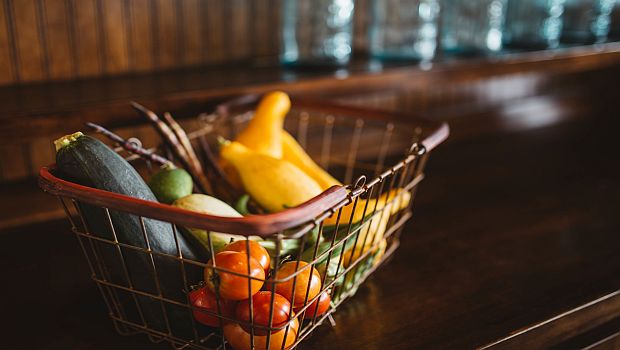Antioxidants scavenge free radicals and reactive oxygen species (ROS), preventing aging, disease and more. And for this reason, food and drink products, supplements and even beauty products with antioxidants are so sought after. A new study supported by a grant from Dole Food Co., published in the Journal of Nutrition, wanted to establish an assay to assess the antioxidant response elements (ARE) activation capacity of fruit and vegetable extracts and determine whether such capacity was predicted by total phenolic compound (TP) content and/or ORAC activity.
October 6, 2015

Antioxidants scavenge free radicals and reactive oxygen species (ROS), preventing aging, disease and more. And for this reason, food and beverages (such as fruits and vegetables), supplements and even beauty products with antioxidants are so sought after. A new study supported by a grant from Dole Food Co., published in the Journal of Nutrition, wanted to establish an assay to assess the antioxidant response elements (ARE) activation capacity of fruit and vegetable extracts and determine whether such capacity was predicted by total phenolic compound (TP) content and/or ORAC activity (July 29, 2015).
As IFT explained: “To study the impact of plant-based antioxidant phytochemicals on AREs, the researchers developed an assay using IMR-32 neuroblastoma cells. The DNI laboratory prepared 134 fruit and vegetable extracts using both the flesh and peel.
“When the extracts were exposed to the assay, 107 of them activated the AREs. Some of the most effective activators included avocado peel, carrot, red pear peel, pineapple, lemon flesh, green pear peel, red delicious apple peel, spinach and a variety of lettuces. The assay results more effectively determined antioxidant capacity than the commonly used measures of TP and ORAC."
The researchers concluded: “The ARE reporter assay identified many active fruit and vegetable extracts in human IMR-32 cells. There are components of fruits and vegetables that activate the ARE but are not phenolic compounds and are low in ORAC. The ARE-luciferase reporter assay is likely a better predictor of the antioxidant benefits of fruits and vegetables than TP or ORAC."
More studies are underway to create more definitive results.
You May Also Like




.png?width=800&auto=webp&quality=80&disable=upscale)